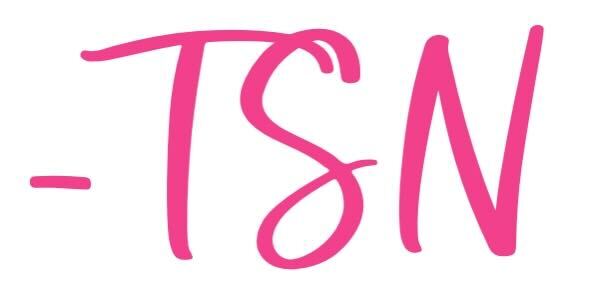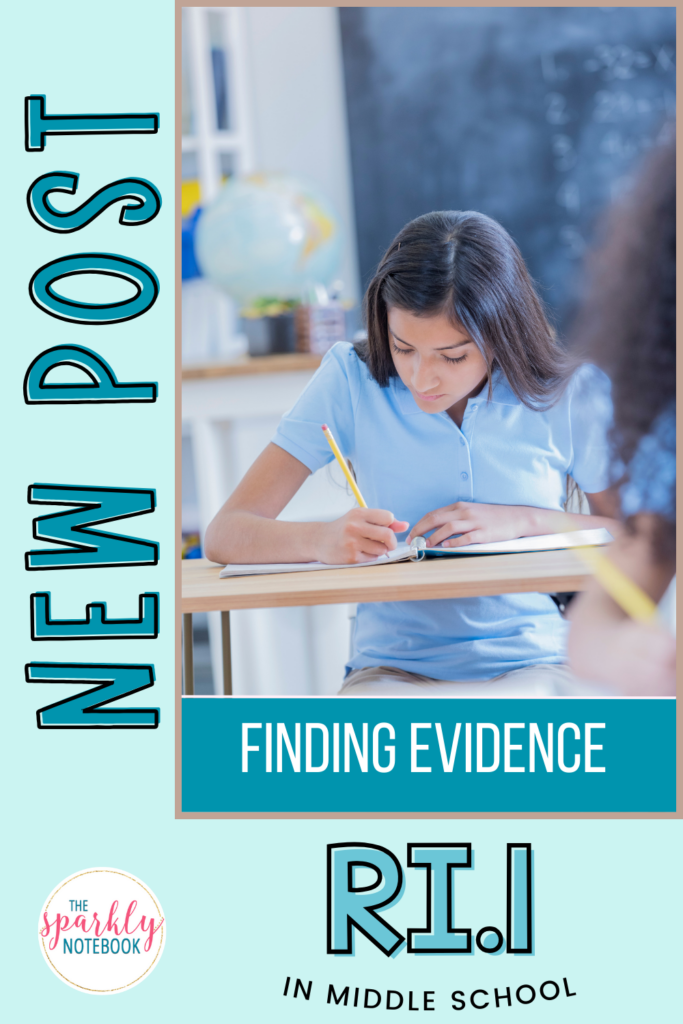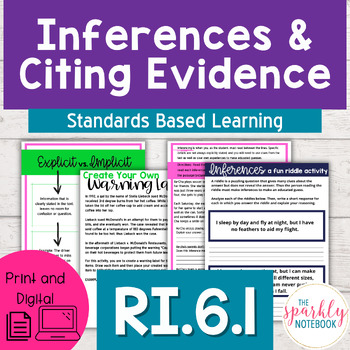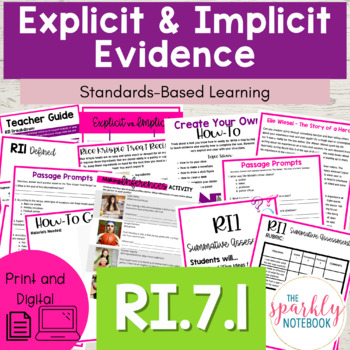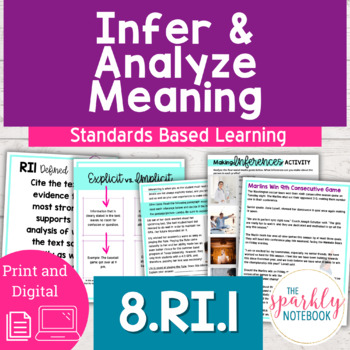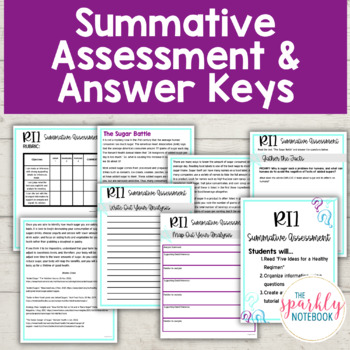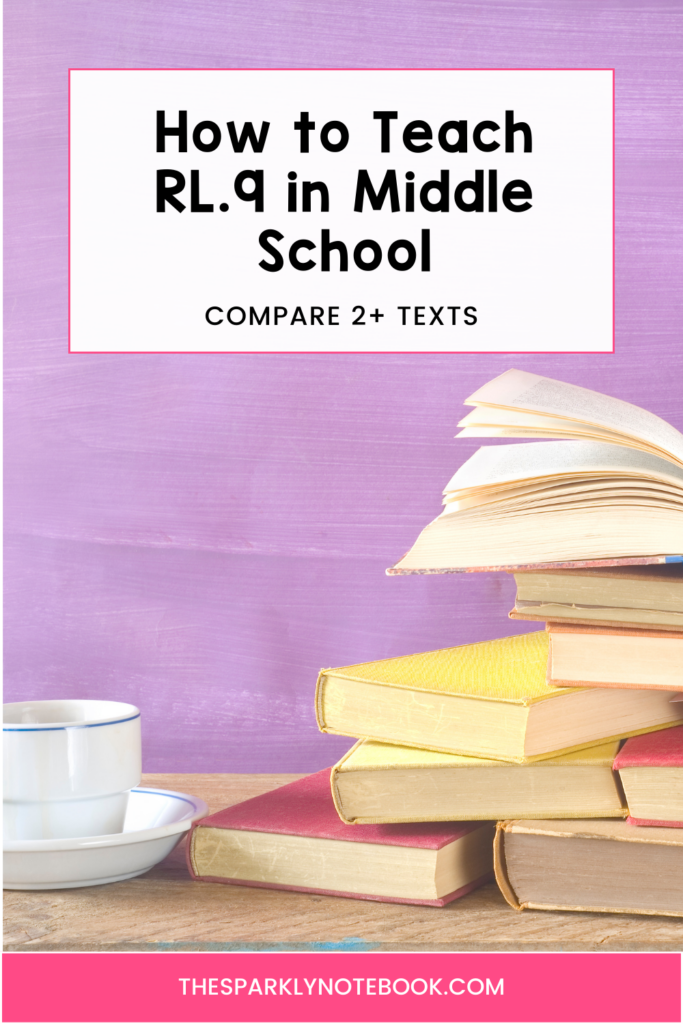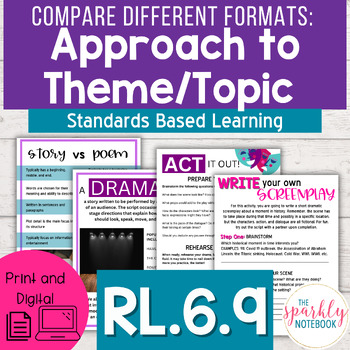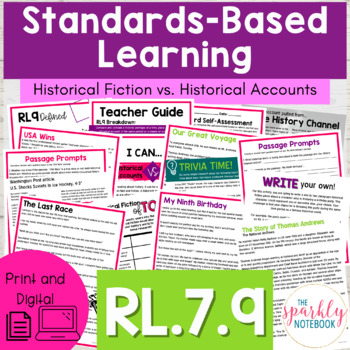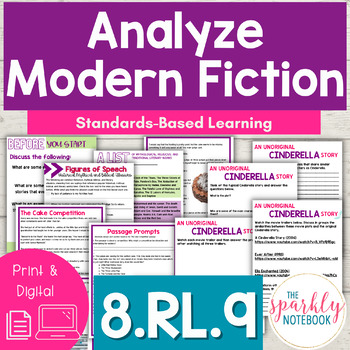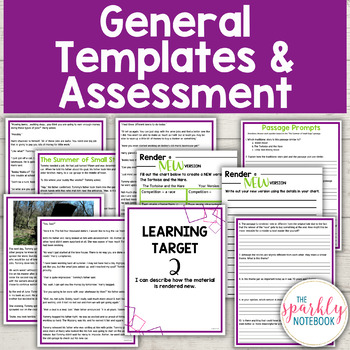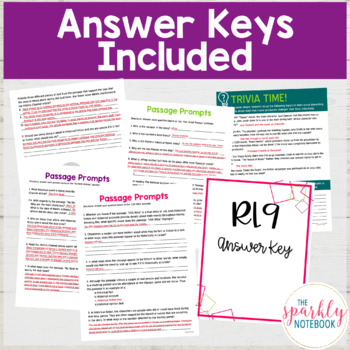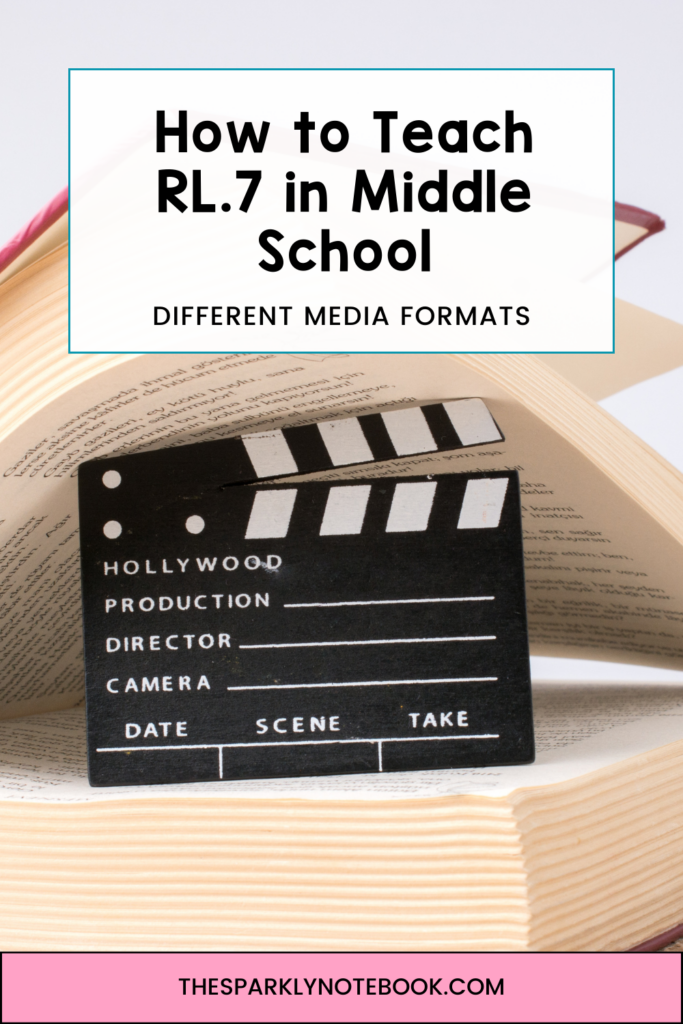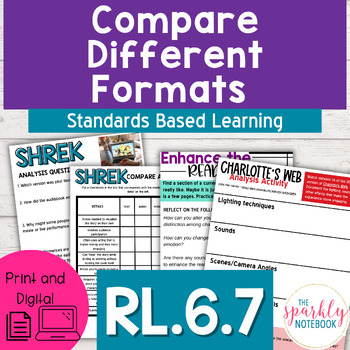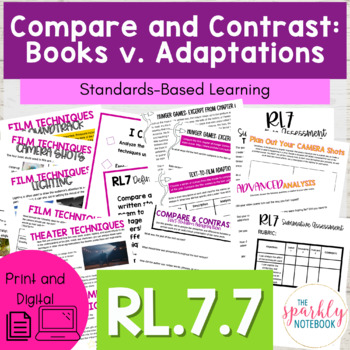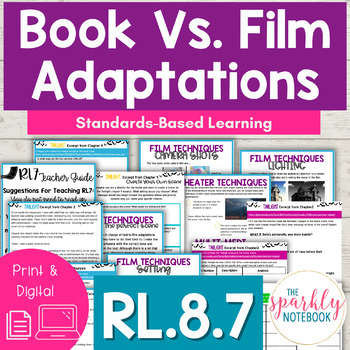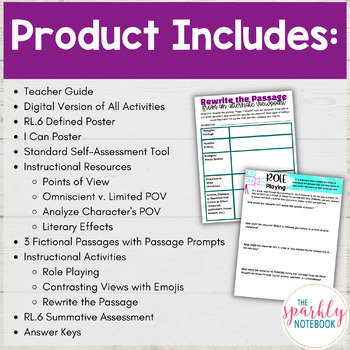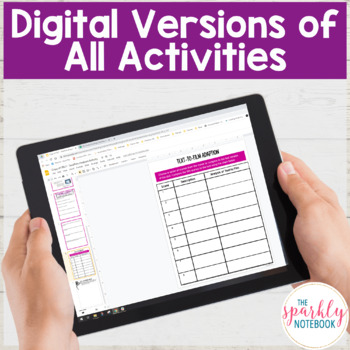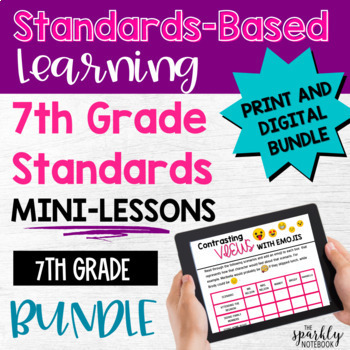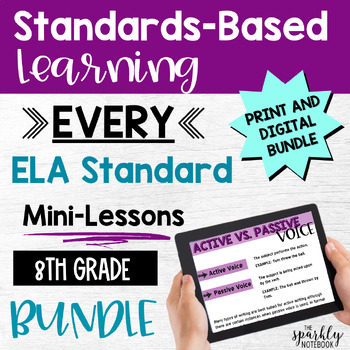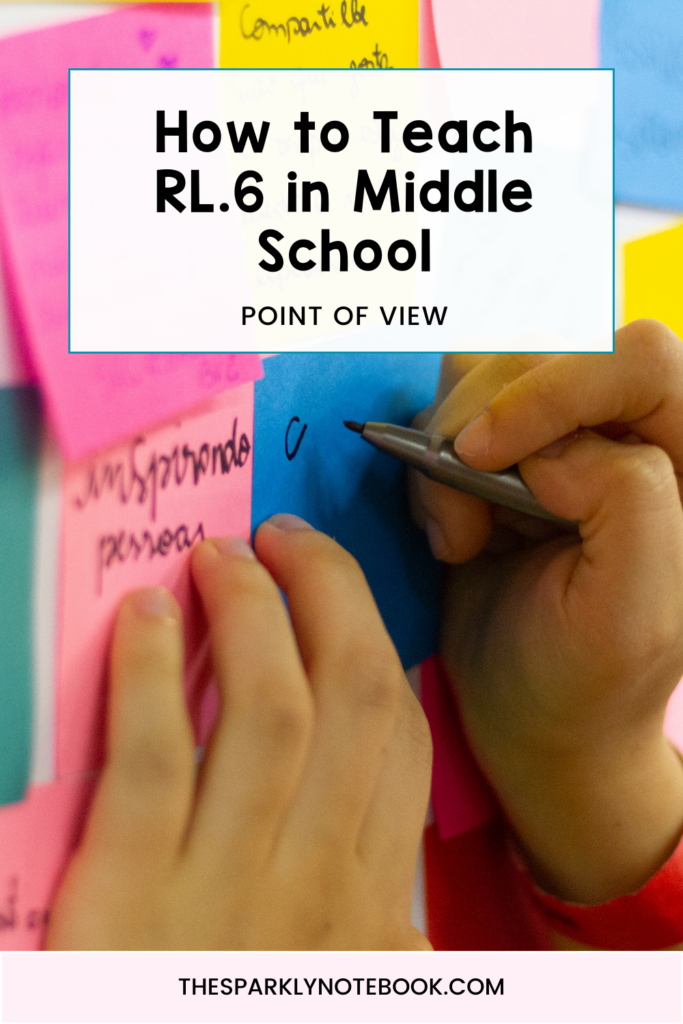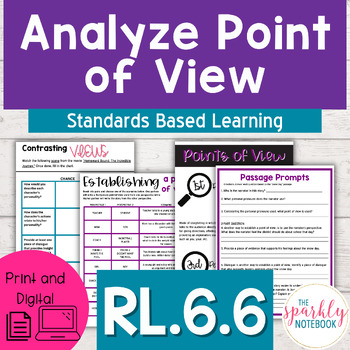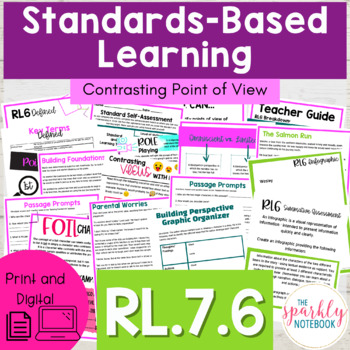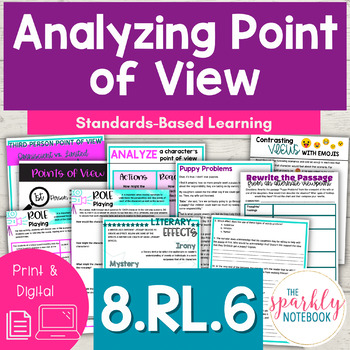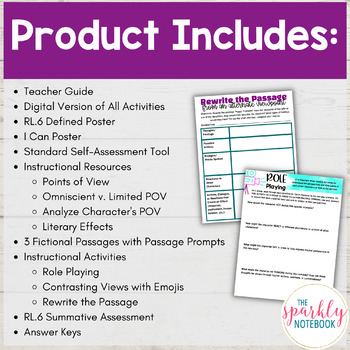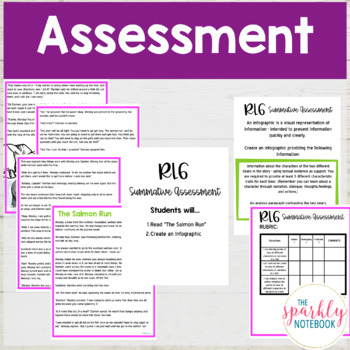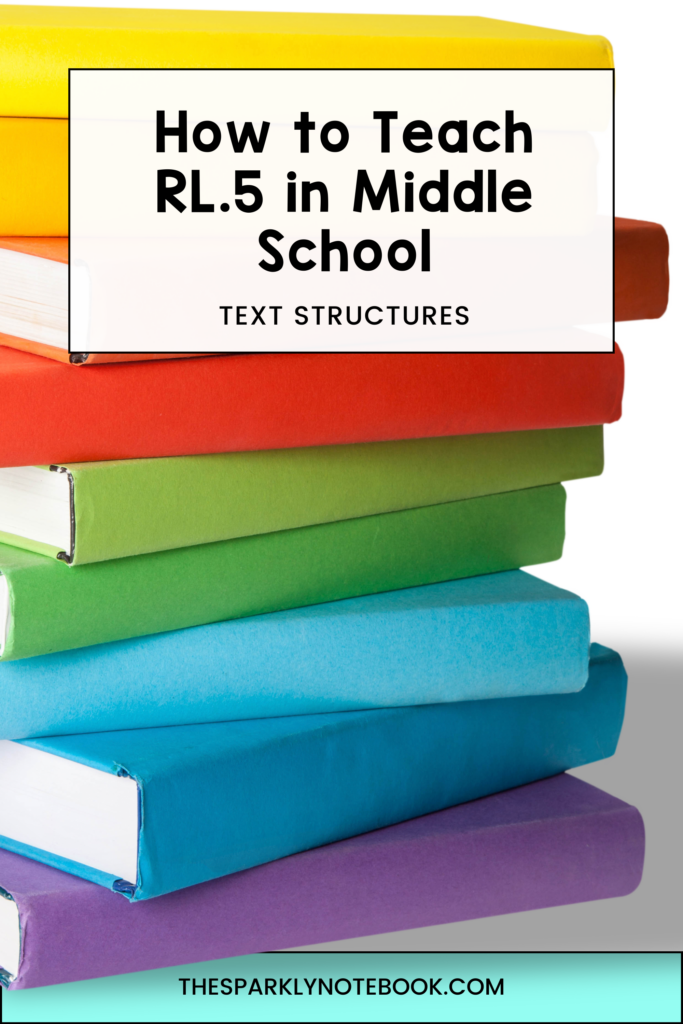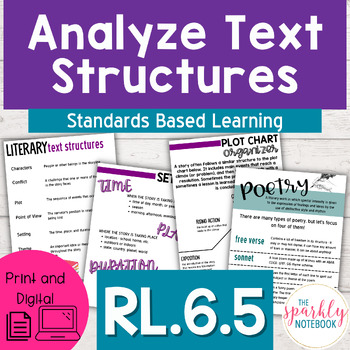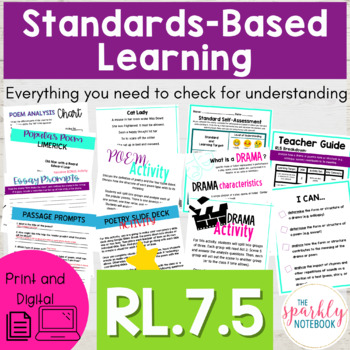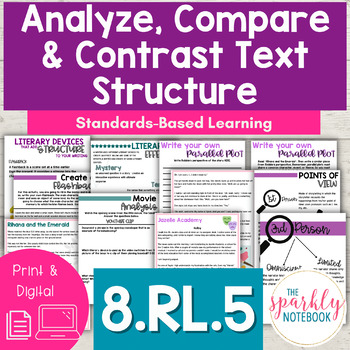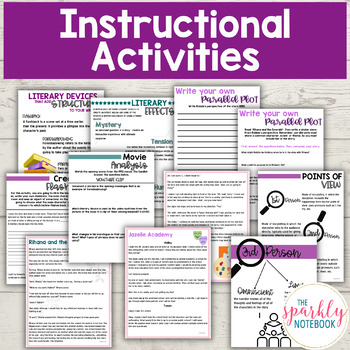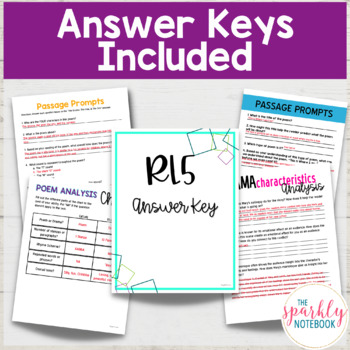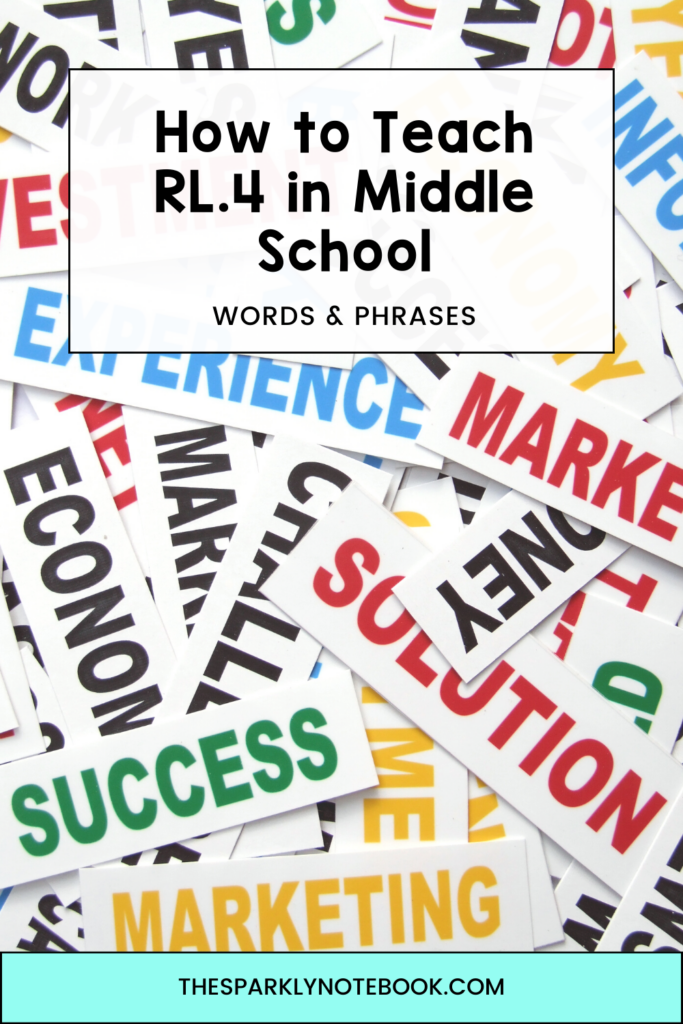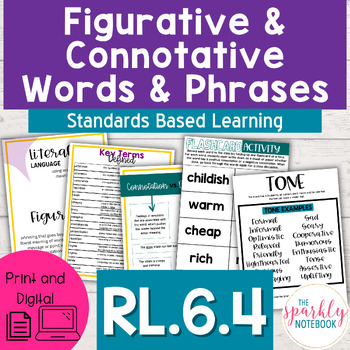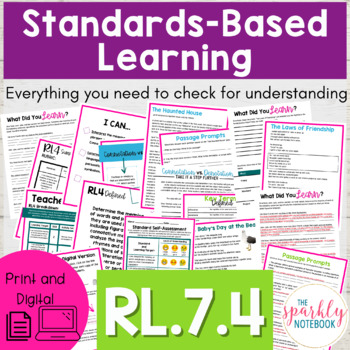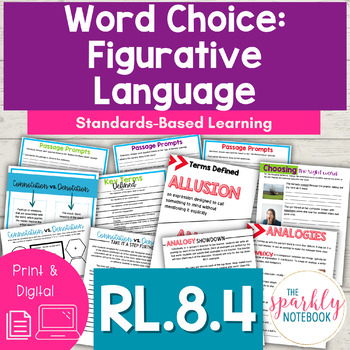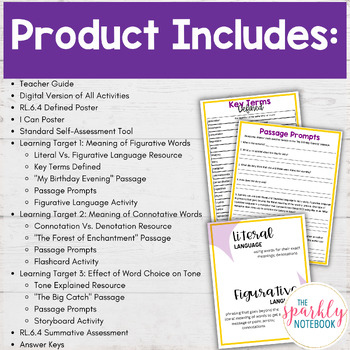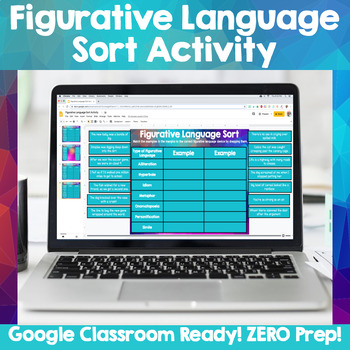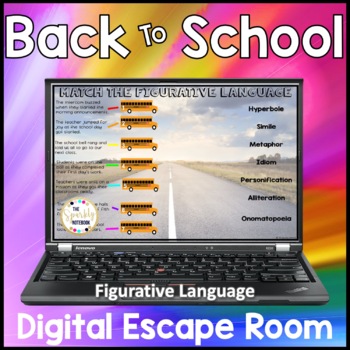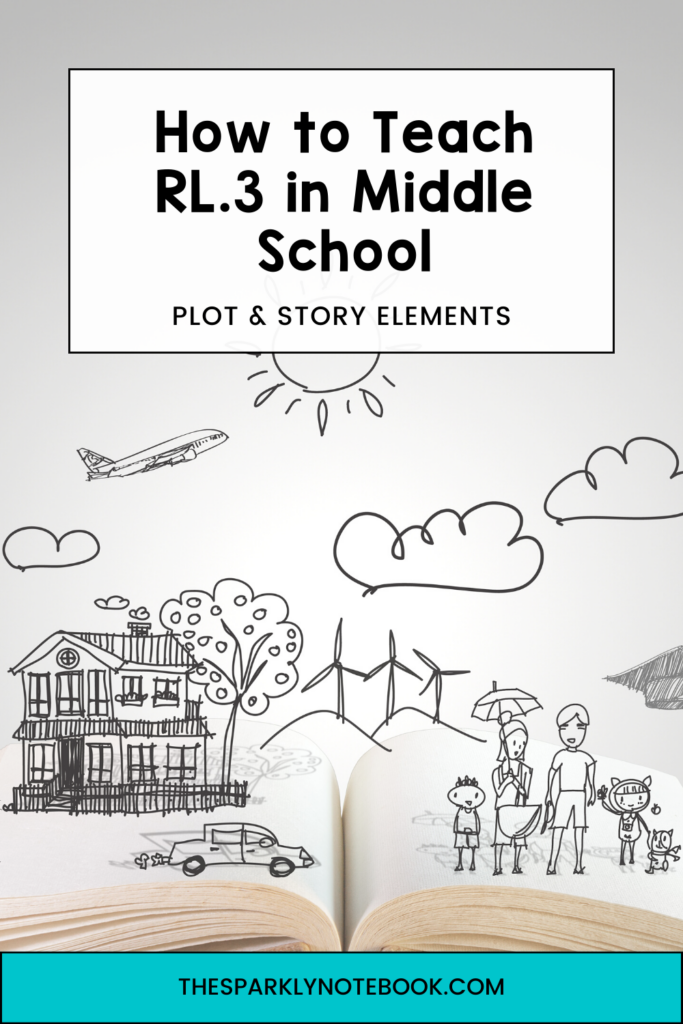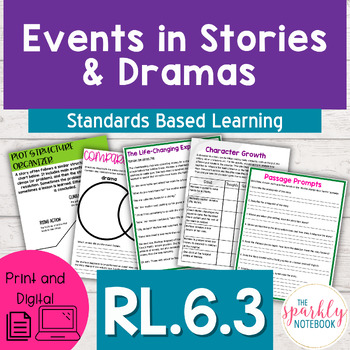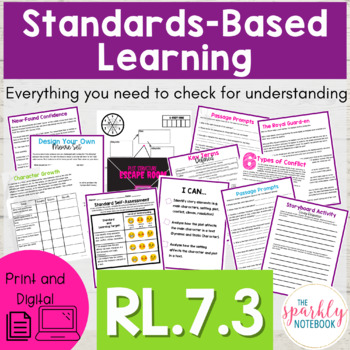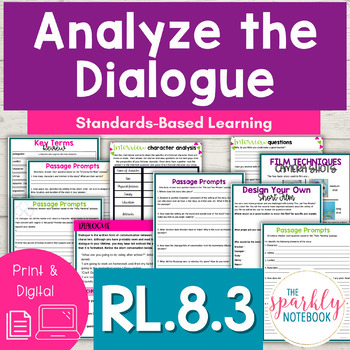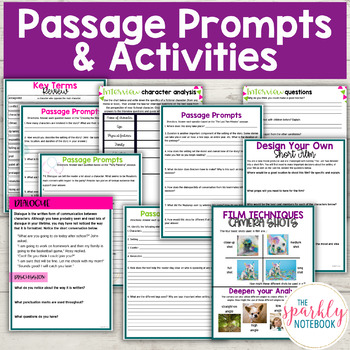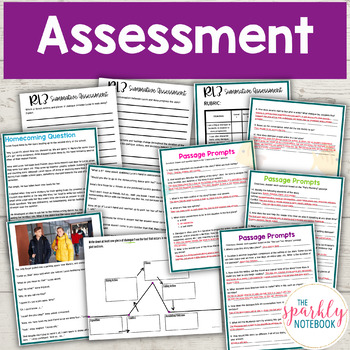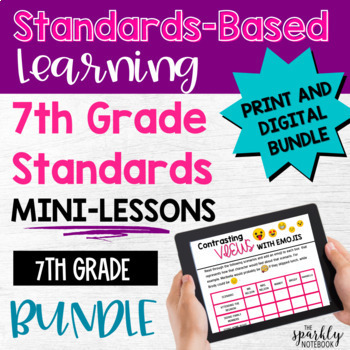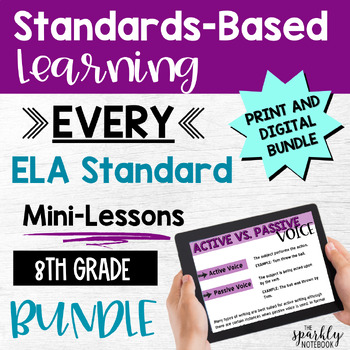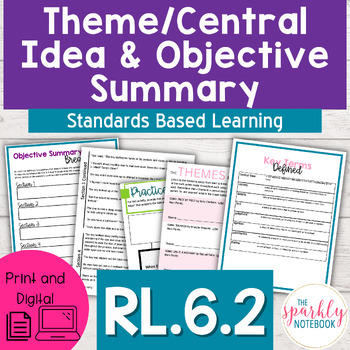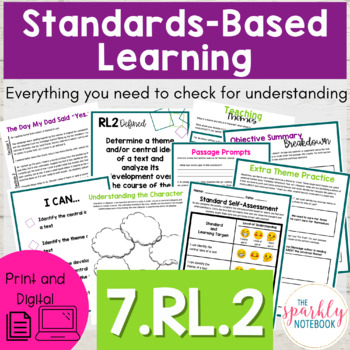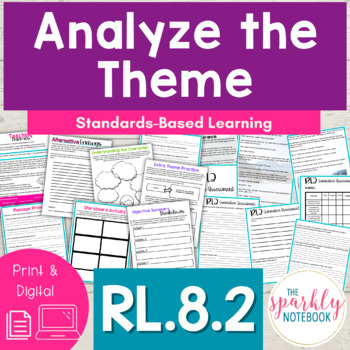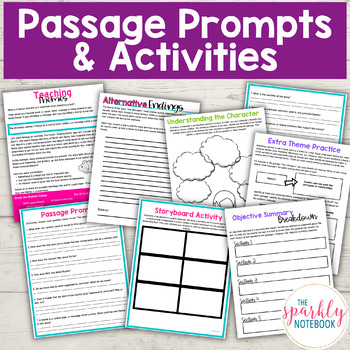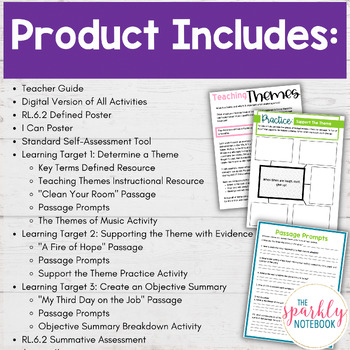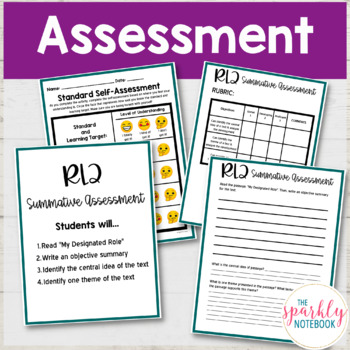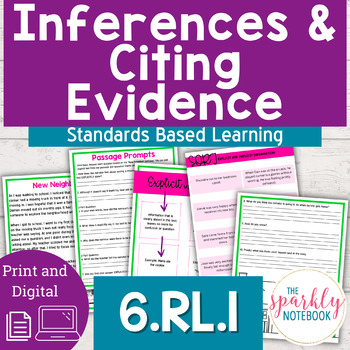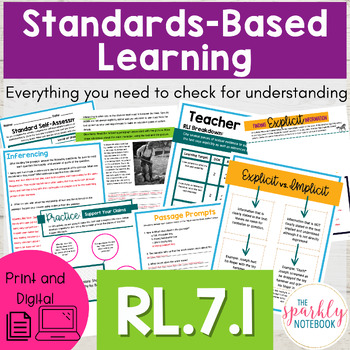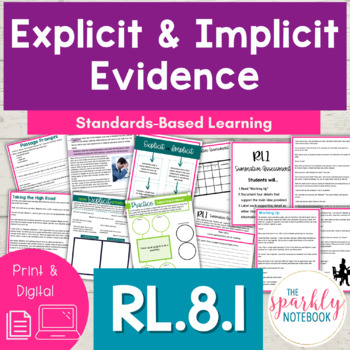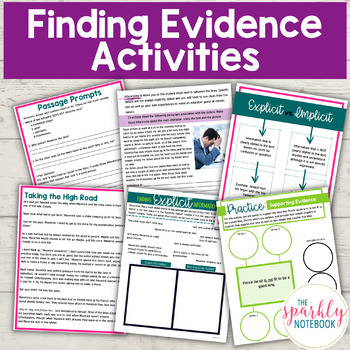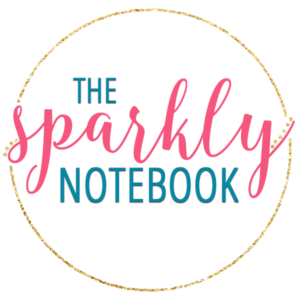When we teach RI. 2 in middle school ELA, we are really focusing on how to make our students better investigators of the texts they are encountering. In this post, we’ll break down the RI. 2 standard into learning targets, focused lessons, how to find grade-specific resources, and so much more!
Information has never been more available than it is right now, and tomorrow, it will be even more so.
We are in the age of information where anyone can post information online and call it fact, and any random person can start a blog, YouTube channel, or social page and post whatever they want.
This has made it harder and harder to figure out…
- What is actually true (and)
- What are they trying to get out of sharing/creating this information?
In this post, we are going to dig into the second informational text standard of the Common Core. This one focuses on determining the central ideas of informational texts.
In other words, what is the text trying to say/do, or what actions are they trying to get the student or reader to take?
As we start talking about how to teach RI.2 in middle school, let’s start with the learning targets!
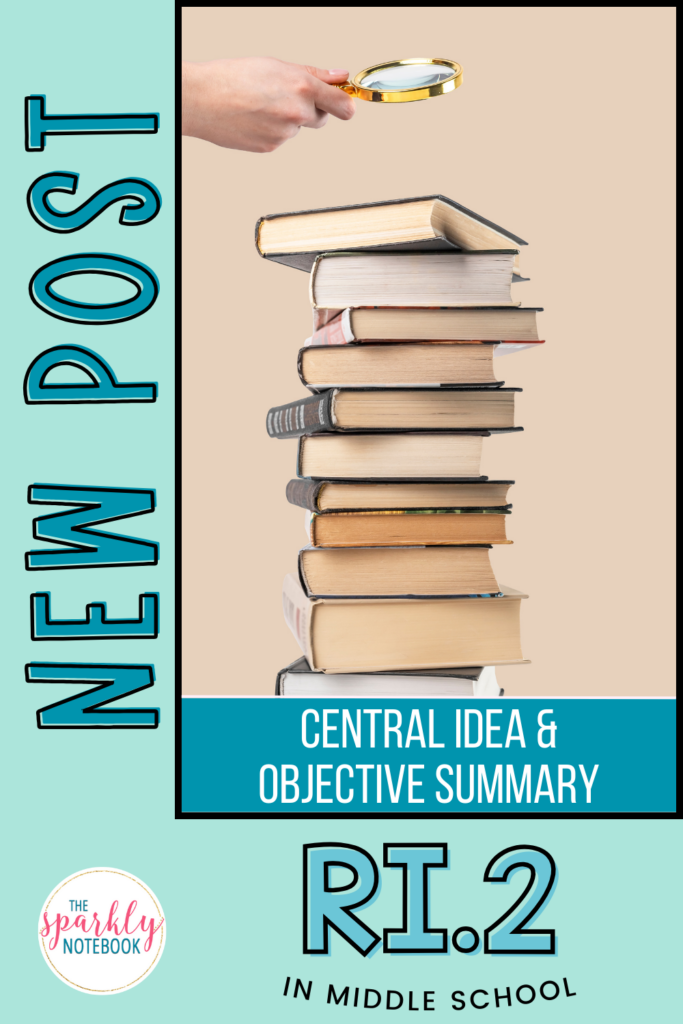
Learning Targets
Learning targets are essentially the pieces/skills that make up a standard. By being able to break a standard into its pieces, we can focus on the standard incrementally rather than thinking of it as one large chunk of skills.
Breaking down a standard into learning targets is something you’ll want to do before you even start the school year. Because once you have the learning targets broken down, you can start making a plan for how and when you’ll practice them.
In this linked blog post, we talk about how we break down each standard and make a plan for learning, practicing, and reviewing the standards throughout the year using the checklists below.
We like to focus our standards-focused resources on 3-5 learning targets for each standard.
Here are the learning targets on which we developed our resources for RI.2.
Teaching RI.6.2 (6th Grade)
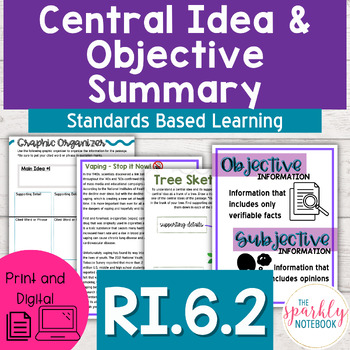
6th Grade Standard: Determine a central idea of a text and how it is conveyed through particular details; provide a summary of the text distinct from personal opinions or judgments.
6th Grade Learning Targets
- I can determine the main idea of an informational text based on details in the text.
- I can provide evidence from the text to support the main idea and how it is conveyed through the text.
- I can summarize an informational text using only objective information from the text.
Teaching RI.7.2 (7th Grade)
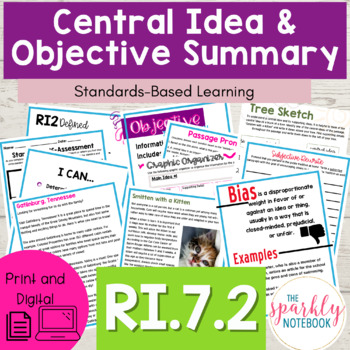
7th Grade Standard: Determine two or more central ideas in a text and analyze their development over the course of the text; provide an objective summary of the text
7th Grade Learning Targets
- I can determine two or more central ideas in a text.
- I can analyze the development of two or more central ideas over the course of a text.
- I can produce an objective summary of the text.
Teaching RI.8.2 (8th Grade)
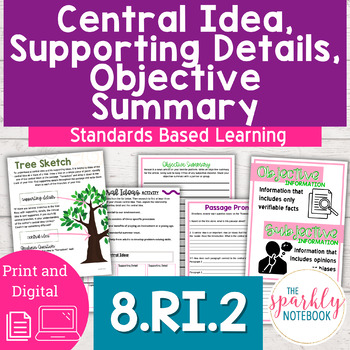
8th Grade Standard: Determine a central idea of a text and analyze its development over the course of the text, including its relationship to supporting ideas; provide an objective summary of the text.
8th Grade Learning Targets
- I can determine the relationship between the central ideas and supporting ideas.
- I can analyze the development of the central idea over the course of the text.
- I can provide an objective summary of the text.
Growing through Middle School
Unlike some of the middle school ELA standards, this one doesn’t change much from the beginning of middle school to the end.
In fact, if you look at the 6th through 8th grade learning targets, you can see that the only real difference is the first one.
In 6th grade, students are asked to determine the central idea of one informational text. In 7th grade, students are asked to determine 2 or more central ideas in a text. Okay. That’s not too bad.
In 8th grade, they are expected to be able to determine 2 or more central ideas, but now they also need to analyze and determine the relationship between them and pull out more of the supporting details for each.
As I said, there is not a huge difference, and you may find that when you start teaching this standard in 6th grade, pulling supporting details will become a natural part of the conversation. But as with many standards, the skill may be practiced in 7th grade, but it is expected to be mastered in 8th.
Mapping Out a Central Idea
The RI.2 standard is more than just being able to identify 2 or more central ideas. It is also about observing how those ideas grow and expand over the course of a text.
I like to make this process a visual one by including activities and graphic organizers that have to do with mapping out the development of an idea.
In all three of our resources, we do this by introducing the central idea as the trunk of a tree. The trunk supports the text at the core, but it is also built upon by a series of twists, turns, and forks, which can be represented by branches, and then finally, supporting details, which can be represented by leaves.
We introduce the leaves as supporting details in 7th grade, but we have a whole extra page devoted to this level of the tree activity in 8th grade. As we stated before, the focus on evidence and supporting details is introduced in 7th grade, but it is mastered in 8th.
Of course, we use a tree analogy for this work, but you can use any other kind of mapping or graphic organizer that you want for this activity.
Resources for teaching RI.2
When picking resources to help teach RI.2, you’ll want to make sure the resource teaches, practices, and reviews the standard at the appropriate level for the students you’re teaching.
Each of our resources for RI.2 works through the standard at an age-appropriate level, and we give each individual learning target its time to shine in the activities. This makes it easier for teachers to either use the resources as their full unit or to use the resources to supplement their school-provided curriculum.
Each of our resources includes a lesson/activity for each specific learning target or concept and assessments, posters, and answer keys.
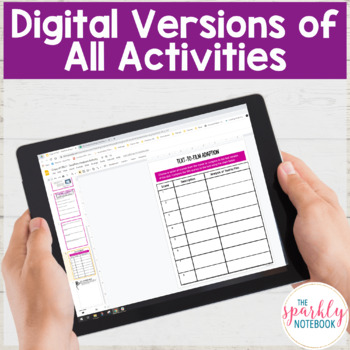
Activities and Projects for Practicing and Assessing RI.2 in Middle School
- A paragraph-by-paragraph breakdown can be a good way to help students identify central ideas within an informational text. They can even fill out a graphic organizer like one of our activities in our 6th-grade resource.
- Teaching about bias also can help students understand a person’s goals or motivations for a piece of work. In our 7th grade unit, we discuss biases and apply them to a reading passage.
- As we mentioned before, the tree analogy works really well for outlining the structure of a text, but in 8th-grade, we put a lot more focus on identifying the ‘leaves’ or the supporting details of the argument.
- Rating an informational text based on the amount of bias, objective vs. subjective information, and the success of their supporting details is also a great assessment for the RI.2 standard. This is also one of the ways we assess in our 8th-grade resources.
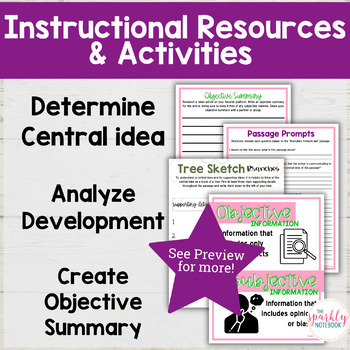
As you work through informational texts with students, they will need a lot of practice on pulling supporting details and mapping out central ideas. If you need even more grade-level passages to work with, we have over 32 paired passage sets to choose from over in the store!
